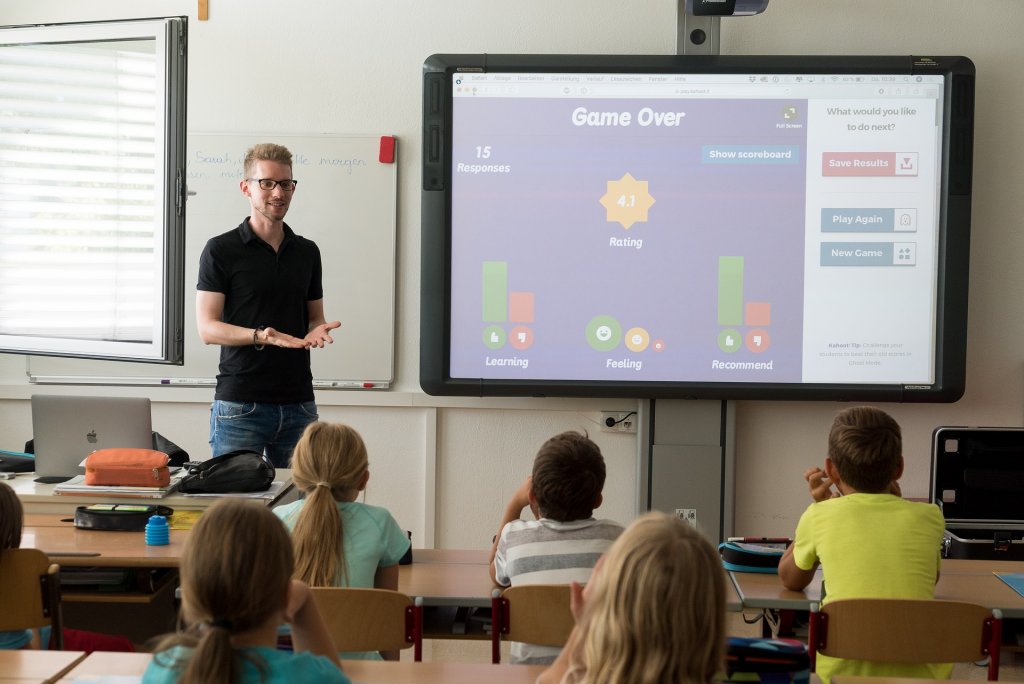Hard of Hearing Students in Postsecondary Education: Challenges and Supports

The members of the university sports team were travelling to a tournament and were waiting for their flight at the airport. Several of the girls were chatting with occasional bouts of laughter punctuating their conversation. One of the team members was off to the side, smiling occasionally, but not actively connected with the other girls.
I noticed her because I had interviewed her for my doctoral study on the experiences of hard of hearing students in university. When interviewed Ann (the pseudonym given to her) had spoken about being happy to be part of the team and how she dealt with the challenges of her hearing loss on the field, compensating by being alert for visual cues. She had also discussed how social situations were frustrating for her because she could not hear well enough to participate. As a result, she avoided parties and preferred spending time with friends who already knew about her hearing loss. She had told me:
Where there’s a lot of people and background noise and I couldn’t hear a thing. And I felt more like an observer than a participator, and, naturally I am a participant. I get in there, but this was a situation where I couldn’t do that and I didn’t like the position I was in.
The chance observation at the airport was outside of my study but left such a powerful impression on me that I remember it years later. It reinforced what Ann had described to me. It was also consistent with one of the key findings of my study, namely, that hard of hearing students are often “visitors” to the classroom because of participation barriers. They are unable to hear other students sufficiently to participate in the conversation. They are not able to be active participants in the classroom without specific strategies employed by them or their instructors.
Visitor Analogy
The visitor analogy has been described in the literature for students who deaf and mainstreamed. Deaf students who receive information from sign interpreting often experience a delay in the receipt of information. In my doctoral thesis, I contended that students who are hard of hearing also experience conversation difficulties due to a delay in hearing and processing sound.
By its nature, being hard of hearing means that students will hear some of what is being said but not necessarily all of it. As is typical when a person does not hear everything that is said, he or she conjures up what might have been said from all of the available cues, verbal and non-verbal. This type of mental processing may result in a delay in comprehending what was actually stated. The result is that the person has some difficulty jumping into the conversation.
A holistic approach is required to overcome the visitor dilemma and requires that instructors employ strategies for inclusion and that students actively engage in the learning environment. Student strategies include letting others know about their hearing loss; raising their hand to get attention, or being the first off the mark so, in a sense, leading the conversation. Among instructor strategies are summarizing the students’ comments so they can be heard by all students, facilitating turn-taking among students, and reinforcing verbal content with written materials.
Support Services
In addition, there are a range of support services that may enhance a student’s learning. These supports are described in the CHHA publication, Hearing the Learning, and include:
- Classroom captioning which involves a specially trained person providing a typed account of all verbal content in the classroom. The text is displayed on a screen for the user, such a computer or tablet. (This method is frequently called CART (Communication Access Real-time Translation) although this is one type of several methods of captioning.)
- Oral interpreting for those students who are proficient lip-readers and have little hearing.
- Notetaking whereby notes of another student are provided so that the hard of hearing student can concentrate on the class without diverting attention and eyes to take notes.
- Assistive devices such as FM or Infrared systems which consist of a transmitter worn by the speaker and a receiver worn by the student that picks up signs through the hearing aid’s inductive coupler (T-switch). Now the Roger’s Pen is a popular choice by many students.
- Tutoring support, which involves outside of class sessions with a tutor around class content.
Note: it is also important that videos shown in the classroom are captioned or otherwise accessible to the hard of hearing student.
Assistive Devices and Hearing Aids
There have been some high-profile cases were instructors have refused to wear the student’s FM transmitter. In my study, students indicated difficulties they encountered such as the instructor being hesitant to use it because he thought it was a recording device, where students in the class did not understand the technology or outright rudeness was demonstrated. One student stated his instructor said: “We have a deaf student in our class. That’s the reason why I am wearing this thing.”
Some of the students felt they were able to overcome future problems by meeting with professors in advance to explain the nature of the device. Students may also enlist their disability officer to ensure compliance and that requests for accommodations are treated with respect.
Audiologists have a key role to play in introducing students to assistive listening devices, as part of their audiological services for the student. They can also ensure that the correct device is provided to the student, to use in conjunction with their own hearing aids.
While some assistive devices can be used with a headphone, its use in conjunction with a hearing aid is the best option for most hard of hearing students. Unfortunately, not all students who could benefit from hearing aids have them, often because of the cost barrier. Funding may be a problem; each province and territory has their own approach to hearing aid provision but most place the cost of hearing aids on adults, 18 years and older. Further, international students often are not eligible for domestic financial programs. Postsecondary students should connect with their postsecondary disability service provider, CHHA member, or audiologist about options to deal with financial barriers to benefitting from a hearing aid.
The Environment
The nature of the classroom can make a huge difference to hearing. As noted in Hearing the Learning, factors which enhance the receptivity of sound are
- Good room sound absorbers such as carpets, padded tiles and upholstered seats
- Minimal internal noise and low noise machines
- Classroom doors are closed to retain sound in the room
- Minimal external noise such as constant traffic
- Limited number of angles/walls/pillars for sound to bounce to-and-from.

Some institutions have hearing loops or assistive devices installed in the classroom. The advantage is that the transmitter and room microphone are integrated so students only need to turn their hearing aid to their induction loop or turn on their receiver. As well, instructors only need to use one microphone.
The setup of a room may also make a difference with u shape formation, or a modified u shape, having advantages of line of sight over the traditional row-by-row setup.
Typically, hard of hearing students make choices about where they sit in a classroom to get the best line of sight with the instructor and to be near the front but not necessarily in the first row. They will avoid such placements as facing classroom windows, sitting next to computer projectors or to the hallway. Students may also favour their better or only ear for hearing, choosing to sit on a certain side of the classroom.
In situations, where the room is of poor acoustical quality or a student experiences interference with their inductor loop (such as from an energy source i.e., power transformers) and the matter is not quickly resolved, the student may request a room change, ideally before the start of a term. The ideal type of room would have a loop or FM system already set up.
Advocacy Assistance
Students may require advocacy or assistance for a number of reasons. Sometimes students may miss the deadline for withdrawing from a course but experience a disability related setback that makes completion unrealistic. For these situations, advising or disability offices are resources; they are also resources for navigating other situations that may arise. Also, students may find that they are in a class where hearing the instructor and students is too much of a challenge and need assistance with switching to a different class.
Students who advocate for themselves are most likely to be engaged and to overcome being a visitor in the classroom. It is often a daunting task and does not need to be undertaken alone. Most postsecondary institutions have disability or accessibility offices where staff are trained to ensure for the reasonable accommodation of the student. Many student bodies have student ombudspersons or advocacy support units; most postsecondary institutions have equity and/or ombudsperson offices as well. There are also networks of support from branches and members of the Canadian Hard of Hearing Association.
Concluding Comments
In writing this article I drew upon a publication, Hearing the Learning, and my thesis. I return to some of the quotations from the students as their testimony/advice still resonates today:
My advice to hard of hearing students is not to hesitate to discuss your difficulties with others since they may have a suggestion which helps. If one path is not open to you, consider another that fulfils your desires or one that leads you to your ultimate goal (Robert Sochowski, Hearing the Learning)
Focus on what’s required at the time, and just stay with it…go to classes, stay up on the readings but if it doesn’t happen [not able to stay up with the readings] then just let it go. Don’t dwell on it. Move on, because the pace of university is so fast that you just have to let that other material go and go to what is required of you at that time. (Anonymous, Unheard Voices: The Academic and Social Experiences of University Students who are Hard of Hearing).
Generally, the biggest problems for me are the misconceptions of what I term “an invisible disability” or the limitations in taking an active role in the classroom as far as interacting with other students is concerned. Looking at the positive side, I have been very successful in my studies, and I feel that every obstacle which confronts me also serves to provide a challenge. I believe life is all about challenges and it is only when you meet these challenges of reaching your dreams that you really feel fulfillment in life (Cynthia Bryant, Hearing the Learning).

